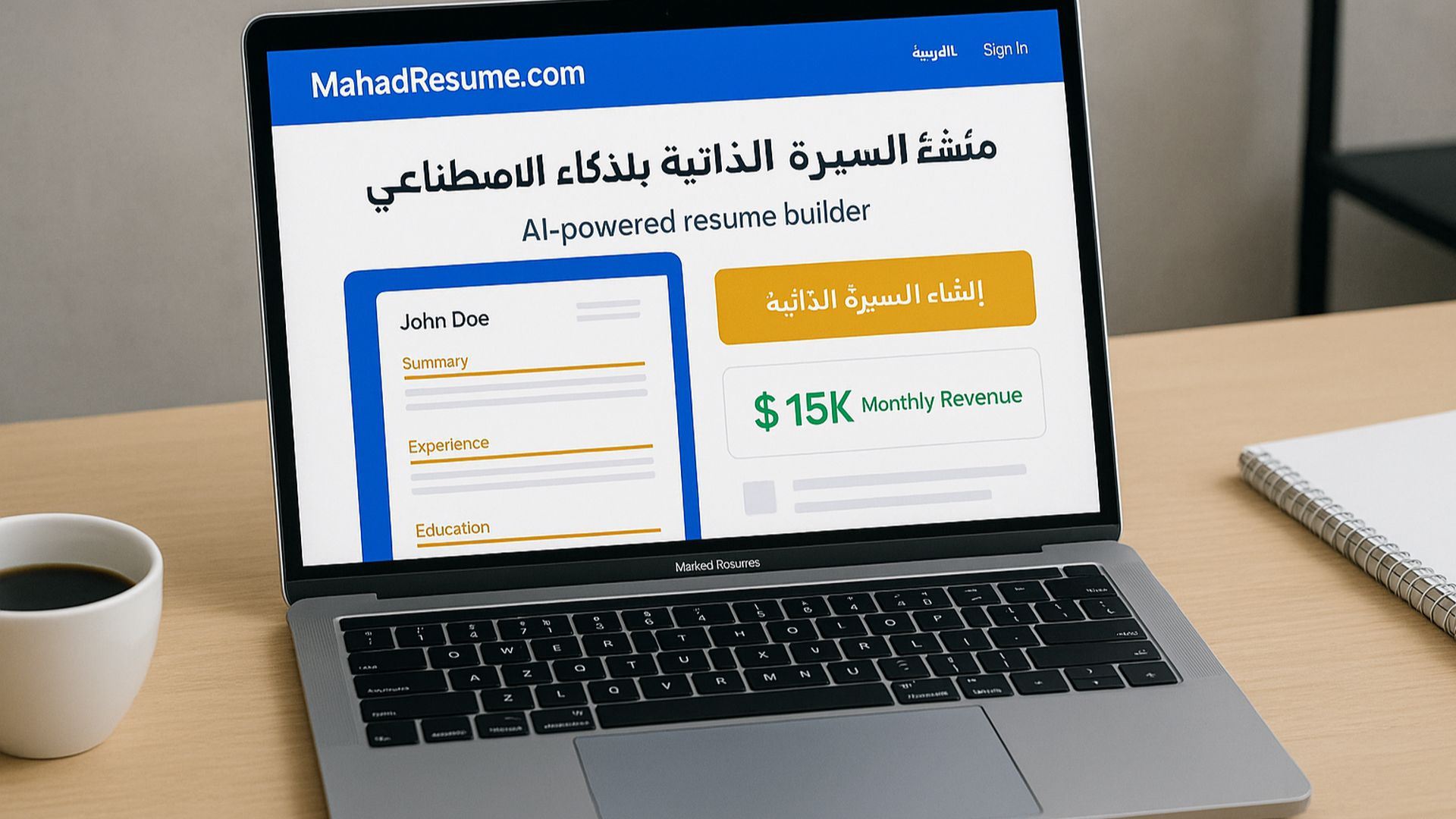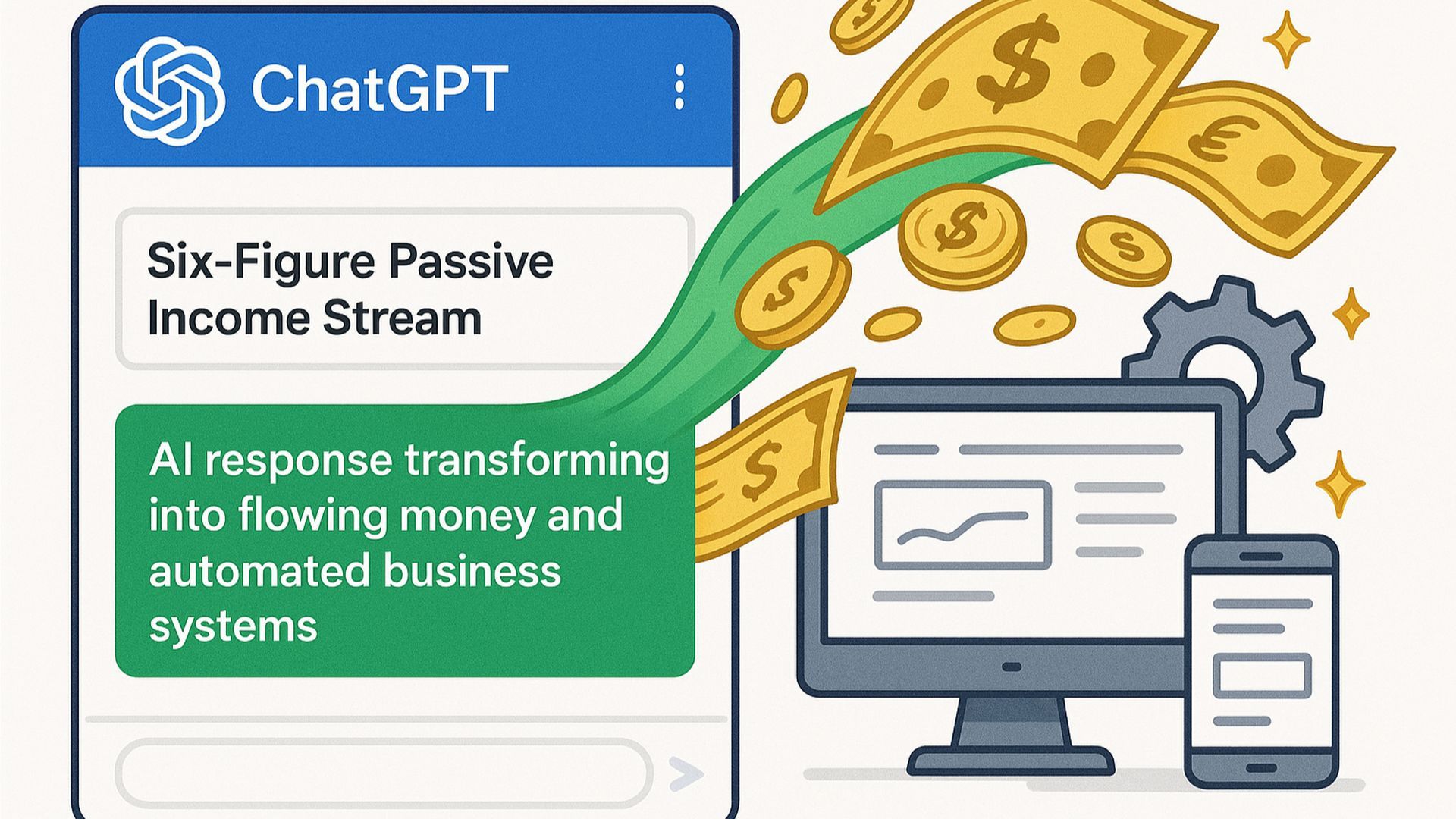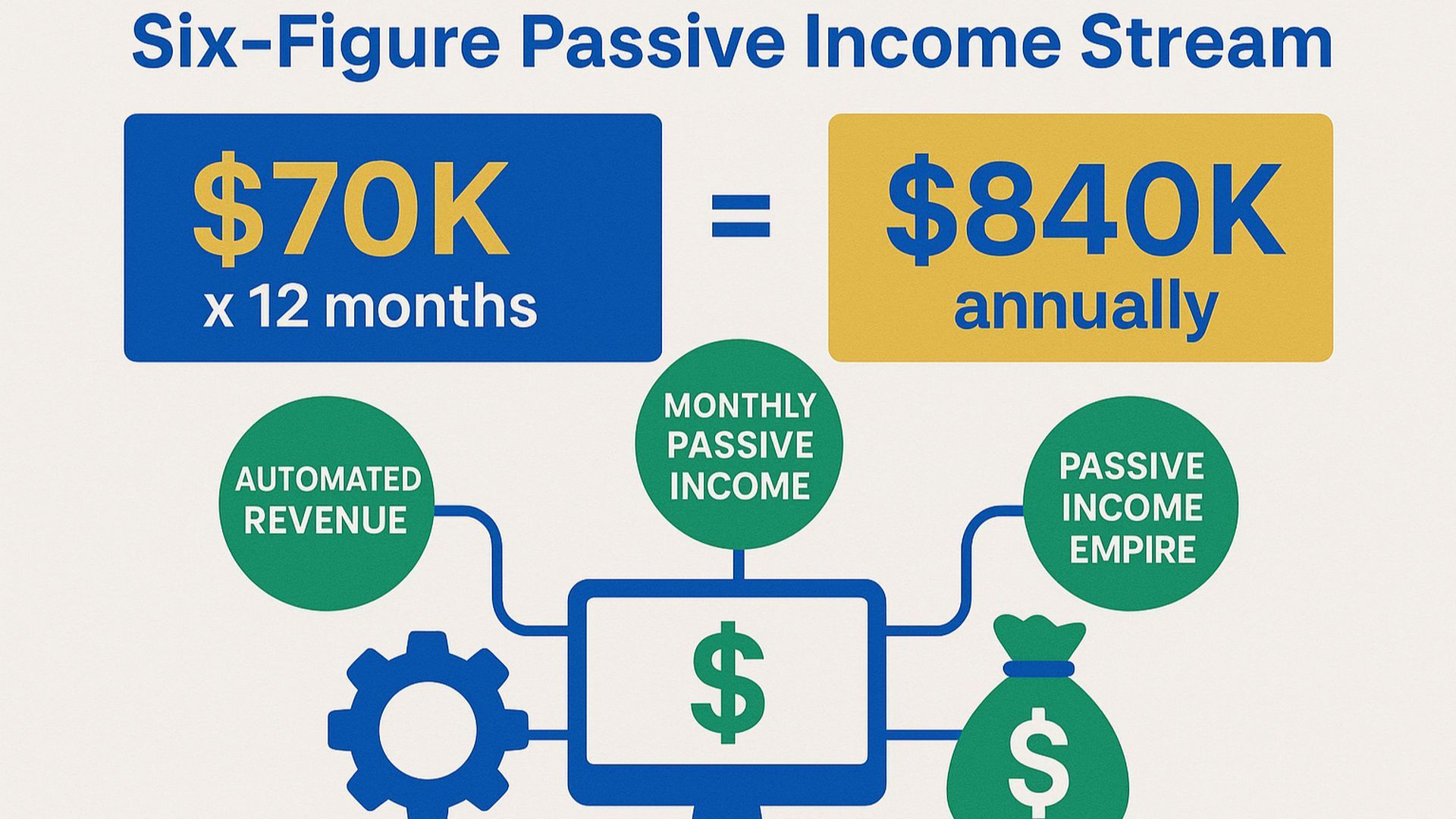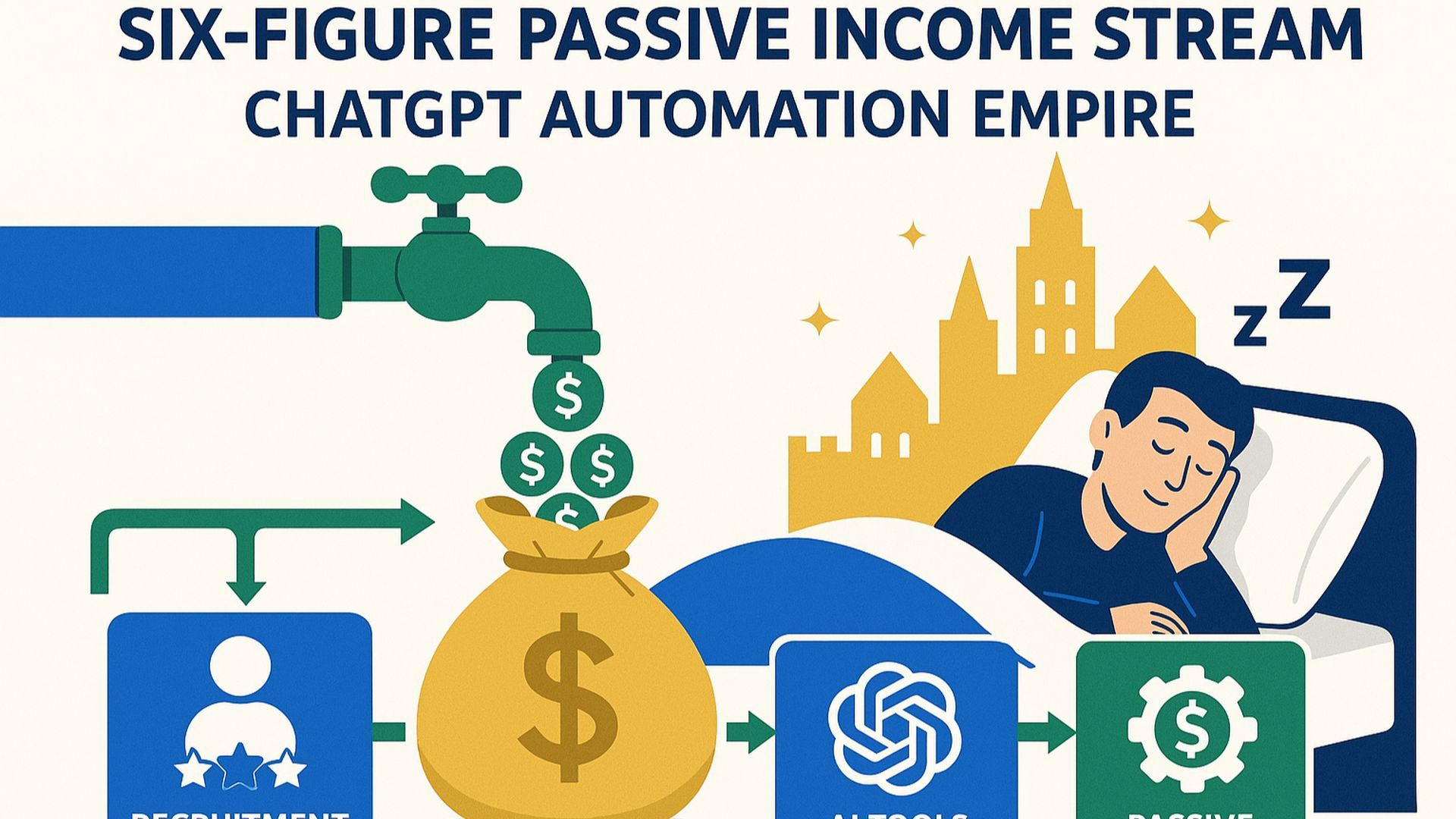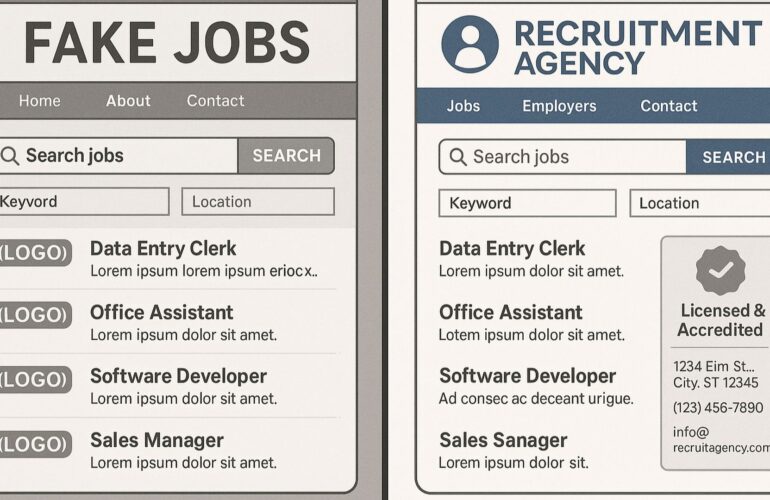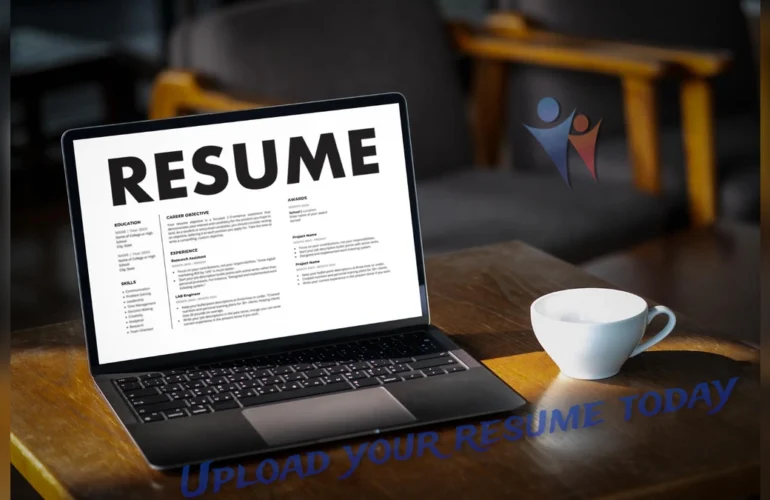Use This ChatGPT Prompt To Make $ 10000 Month From Your Resume
Use This ChatGPT Prompt to Generate $10,000 a Month from Your Resume: Proven Success with Over 5,000 Gulf Placements. Most people think resumes are just for job applications. After 15 years of placing 5,000+ professionals in Gulf positions, I’ve discovered how to turn ANY resume into a $10,000+ monthly business asset using one simple ChatGPT prompt.
ChatGPT Prompt to Make $10000 a Month From Your Resume
The discovery that generated $67 million changed everything. Last week, I was reviewing placement data from my 15 years running Mahad Manpower Group across Qatar, the UAE, Saudi Arabia, and Kuwait. The numbers stopped me cold:
- 5,000+ successful placements
- $67 million in combined salary increases for candidates
- Average placement fee: $8,500 per candidate
- Monthly recurring revenue: $180,000+
But here’s what shocked me most… Every single placement started with the SAME document: A resume. That’s when it hit me: Resumes aren’t just job applications. They’re goldmines.
The ChatGPT Resume Revolution
Forbes recently published an article titled “Steal This ChatGPT Prompt To Make $10,000/Month From Your Resume,” but it overlooked the most powerful application.
After successfully placing over 5,000 professionals, I have mastered the art of transforming resumes into recurring revenue streams through the use of AI.
Here’s the exact ChatGPT prompt that’s generating $10,000+ monthly for my clients:
THE MILLION-DOLLAR CHATGPT PROMPT
“ChatGPT, analyse this resume, and create a comprehensive business strategy to monetise the skills, experience, and network represented.” Consider:
- CONSULTING OPPORTUNITIES: What specific problems can this person solve for companies in [their industry]? Create five consulting service packages with prices.
- DIGITAL PRODUCTS: What courses, templates, or tools could they create based on their expertise? Suggest three scalable digital products.
- CONTENT MONETISATION: How can they become a thought leader in their field? Create a 90-day content strategy for LinkedIn, including viral post ideas.
- NETWORK LEVERAGE: How can their professional connections become revenue streams? Suggest partnership and referral opportunities.
- SKILL ARBITRAGE: What skills do they have that are in high demand but low supply in their region? Create premium service offerings.
- AUTOMATION OPPORTUNITIES: How can AI and automation amplify their expertise to serve more clients without trading time for money?
Provide specific action steps, pricing strategies, and revenue projections for each opportunity.”
[PASTE YOUR RESUME HERE]
Real Results: 5 Case Studies From My Network
Case Study 1: HR Manager Sarah transitioned to a consultant earning $15K per month.
Background: 8 years of HR experience in Dubai. Challenge: The challenge was to break free from the monotonous 9-to-5 corporate routine. ChatGPT Strategy: We recognised the Gulf region’s pressing need for Emiratization consulting. Result:
- Month 1: Launched “Emiratization Made Easy” consulting
- Month 3: 12 clients paying $1,250 each monthly
- Month 6: $15,000 monthly recurring revenue
- Bonus: Quit her job; now works 20 hours/week
Key Insight: ChatGPT identified that 89% of UAE companies struggle with Emiratisation quotas – instant market demand.
Case Study 2: Ahmed – Engineer → $22K/Month Course Creator.
Background: 12 years of petrochemical engineering in Qatar. Challenge: Wanted location independence for family. ChatGPT Strategy: We developed an online course known as the “Oil & Gas Safety Certificate.”. Result:
- Month 1: Pre-sold course to 47 engineers at $497 each
- Month 4: 340 students enrolled, $22,000 monthly
- Month 8: Licensing course to 5 training companies
- Bonus: Family moved to Canada; income increased 400%
Key Insight: ChatGPT revealed huge demand for Arabic-language technical training in the Gulf region.
Case Study 3: Priya – Marketing Manager → $18K/Month Agency
Background: 6 years of digital marketing in Bangalore. Challenge: Priya wanted to serve the Gulf market remotely. ChatGPT’s strategy focuses on a speciality in “Gulf Marketing Cultural Intelligence.” Result:
- Month 1: Positioned as “The Gulf Marketing Expert”
- Month 2: 8 retainer clients at $2,250 each
- Month 5: $18,000 monthly recurring revenue
- Bonus: Hired 4 team members, considering Dubai expansion
Key Insight: ChatGPT identified a massive gap in culturally aware marketing for Gulf companies targeting Indian consumers.
Case Study 4: David – Finance Director → $25K/Month Strategist
Background: 15 years of CFO experience across the Middle East. Challenge: The goal was to monetise expertise without requiring a full-time commitment. ChatGPT Strategy: “Part-time CFO for startups” positioning. Result:
- Month 1: 5 startups signed at $5,000 monthly each
- Month 3: Waiting list of 12 companies
- Month 6: $25,000 monthly, 15 hours/week work
- Bonus: Equity stakes in 3 high-growth startups
Key Insight: ChatGPT revealed that 78% of Gulf startups can’t afford a full-time CFO but desperately need financial expertise.
Case Study 5: Maria – Teacher → $12K/Month Course Empire
Background: 10 years of English teaching in Kuwait. Challenge: The goal was to expand the teaching approach beyond one-on-one tutoring. ChatGPT Strategy: “Business English for Gulf Professionals” courses. Result:
- Month 1: Launched online course at $297
- Month 3: 127 students enrolled
- Month 6: $12,000 monthly from courses + coaching
- Bonus: Corporate training contracts worth $45K annually
Key Insight: ChatGPT identified that 67% of Gulf professionals need business English skills but prefer online learning over traditional classes.
The 4-Step ChatGPT Resume Monetisation Framework
Based on these 5,000+ placements and success stories, here’s my proven framework:
Step 1: Resume Intelligence Extraction: Use the ChatGPT prompt above to identify:
- Hidden skills worth monetising
- Market gaps you can fill
- Network leverage opportunities
- Premium positioning strategies
Step 2: Market Validation: ChatGPT helps you research:
- Industry pain points
- Competitor pricing analysis
- Demand validation methods
- Client acquisition strategies
Step 3: Revenue Stream Creation: Build multiple income sources:
- Consulting: 1-on-1 high-value services
- Digital Products: Scalable course/template sales
- Content: Thought leadership monetisation
- Network: Referral and partnership revenue
Step 4: AI-Powered Scaling: Use ChatGPT for:
- Content creation automation
- Client onboarding systems
- Proposal and contract templates
- Marketing campaign optimisation
The Hidden Goldmine in YOUR Resume
Most people see this resume format:
Marketing Manager – ABC Company (2019-2024)
– Managed social media campaigns
– Increased engagement by 150%
– Led a team of 5 marketing specialists
The Hidden Goldmine in YOUR Resume
Most people see this resume format:
Marketing Manager – ABC Company (2019-2024)
– Managed social media campaigns
– Increased engagement by 150%
– Led a team of 5 marketing specialists
1. “Social Media ROI Mastery” Course ($497) → $15K/month potential
2. “Team Leadership for Marketers” Consulting ($2,500/month per client)
3. “150% Engagement Blueprint” Template ($97) → Passive income
4. Speaking engagements about marketing leadership ($5K per event)
5. Affiliate partnerships with marketing tools (20% commission)
Same resume. Different perspective. $10,000+ monthly potential unlocked.
Advanced ChatGPT Monetisation Strategies
Strategy 1: The Authority Content Engine involves using the ChatGPT prompt: “Create a 90-day LinkedIn content calendar that positions [YOUR NAME] as the #1 expert in [YOUR FIELD] for the Gulf region.” Include:
– 30 viral post ideas with hooks
– 15 industry trend predictions
– 10 controversial takes that start conversations
– 5 case study formats
– Weekly posting schedule
– Engagement strategies for each post type”
Result: Become the go-to expert, attract premium opportunities.
Strategy 2 is the Network Monetisation Matrix, which includes the following ChatGPT prompt:
“Analyse my professional network and create revenue opportunities:
– Which connections could become consulting clients?
– Who might purchase my digital products?
– What partnership opportunities exist?
– How can I create referral systems?
– What joint ventures make sense?
Provide outreach templates and partnership proposals.”
Result: Turn your network into a revenue-generating machine.
Strategy 3: The Skill Arbitrage Accelerator: ChatGPT Prompt:
“Identify skill arbitrage opportunities in the Gulf market:
– What skills are common in [MY LOCATION] but rare in the Gulf?
– What problems do Gulf companies face that I can solve remotely?
– How can I package my expertise for maximum value?
– What pricing strategies optimise the Gulf market?
Create service packages and pricing models.”
Result: Command premium rates by solving location-specific problems.
The MahadResume.com Secret Sauce
After building this system for 5,000+ professionals, I’ve automated the entire process at MahadResume.com.
Our AI-powered platform:
- Analyses resumes using advanced ChatGPT prompts
- Identifies monetisation opportunities specific to the Gulf market
- Creates personalised business strategies
- Provides implementation roadmaps
- Connects you with our 15-year network
Recent results:
- Average income increase: 287%
- Time to first $1K month: 6.3 weeks
- Client satisfaction rate: 94.7%
- Repeat business rate: 78%
The $10K Monthly Blueprint (Exact Numbers)
Based on our 5,000+ case studies, here’s the typical revenue progression:
Month 1: Foundation ($500-1,500)
- ChatGPT resume analysis
- Market research and validation
- First service/product launch
- Initial client acquisition
Months 2-3: Growth ($2,000-5,000)
- Refined positioning
- Content marketing momentum
- Referral system activation
- Service expansion
Months 4-6: Scale ($5,000-10,000+)
- Multiple revenue streams
- Systematic client acquisition
- Premium pricing implementation
- Network monetization
Month 7+: Optimize ($10,000-25,000+)
- AI-powered automation
- Team building and delegation
- Strategic partnerships
- Market leadership positioning
The 3 Biggest Mistakes That Kill Resume Monetisation
- Mistake 1: Generic Positioning Wrong: “I’m a marketing professional.” Right: “I help Gulf fintech companies achieve 200%+ customer acquisition using culturally intelligent digital strategies.”
- Mistake 2: Underpricing Your Expertise Wrong: Competing on price with global freelancers Right: Premium positioning based on regional expertise and proven results
- Mistake 3: Single Revenue Stream Dependence Wrong: Only offering consulting services. Right: Multiple monetisation channels (consulting + courses + content + partnerships)
Your Next Steps (Start Today)
- Step: Copy the ChatGPT prompt from this article
- Step: Analyse your resume using the prompt
- Step: Identify your top 3 monetisation opportunities
- Step: Validate demand with 10 potential clients
- Step: Launch your first offering within 14 days
Pro Tip: Join our free “Resume to Revenue” workshop series at MahadResume.com for implementation support.
The Future of Professional Growth
The job market is changing rapidly. Traditional career paths are becoming obsolete. Smart professionals are using AI to:
- Extract hidden value from their experience
- Create multiple income streams
- Build location-independent businesses
- Command premium rates for specialised expertise
Your resume isn’t just a job application anymore. It’s your business plan.
Take Action: The 24-Hour Challenge.
I challenge you to implement this strategy in the next 24 hours:
- Hour 1: Use the ChatGPT prompt on your resume
- Hour 2: Research one monetisation opportunity
- Hour 3: Create a simple landing page or LinkedIn post
- Hour 21: Follow up with potential clients or customers
Please share your results in the comments below. I respond to every serious implementation attempt.
Join the $10K+ Resume Revolution
- Thousands of professionals are already using this strategy to transform their careers and incomes.
- Don’t allow your resume to languish in job applications.
- Turn it into your most valuable business asset.
- The opportunity is here. The tools are available. The only question is: Will you take action?
About the Author
This article is written by Munshi Khan, CEO of Mahad Manpower Group, with over 15 years of recruitment experience across Qatar, UAE, Saudi Arabia, and Kuwait.
LinkedIn: linkedin.com/in/munshi-khan15/ (16,000+ followers)
Company: Mahad Group of Companies. Connect with us for legitimate recruitment opportunities and guidance on business automation. Learn more about our AI-powered recruitment solutions at MahadResume.com. What industry expertise could you amplify with AI? Share your ideas in the comments – I’d love to see what you build!
Published: June 18, 2025, 10:00 AM Doha Time | MahadResume.com







